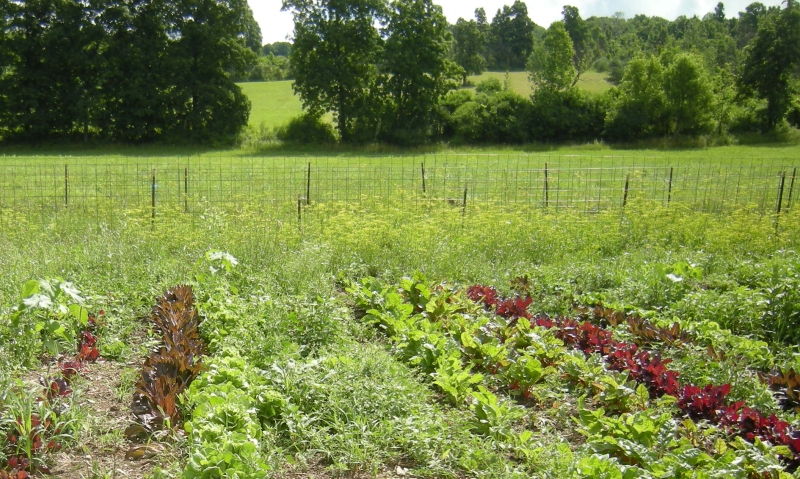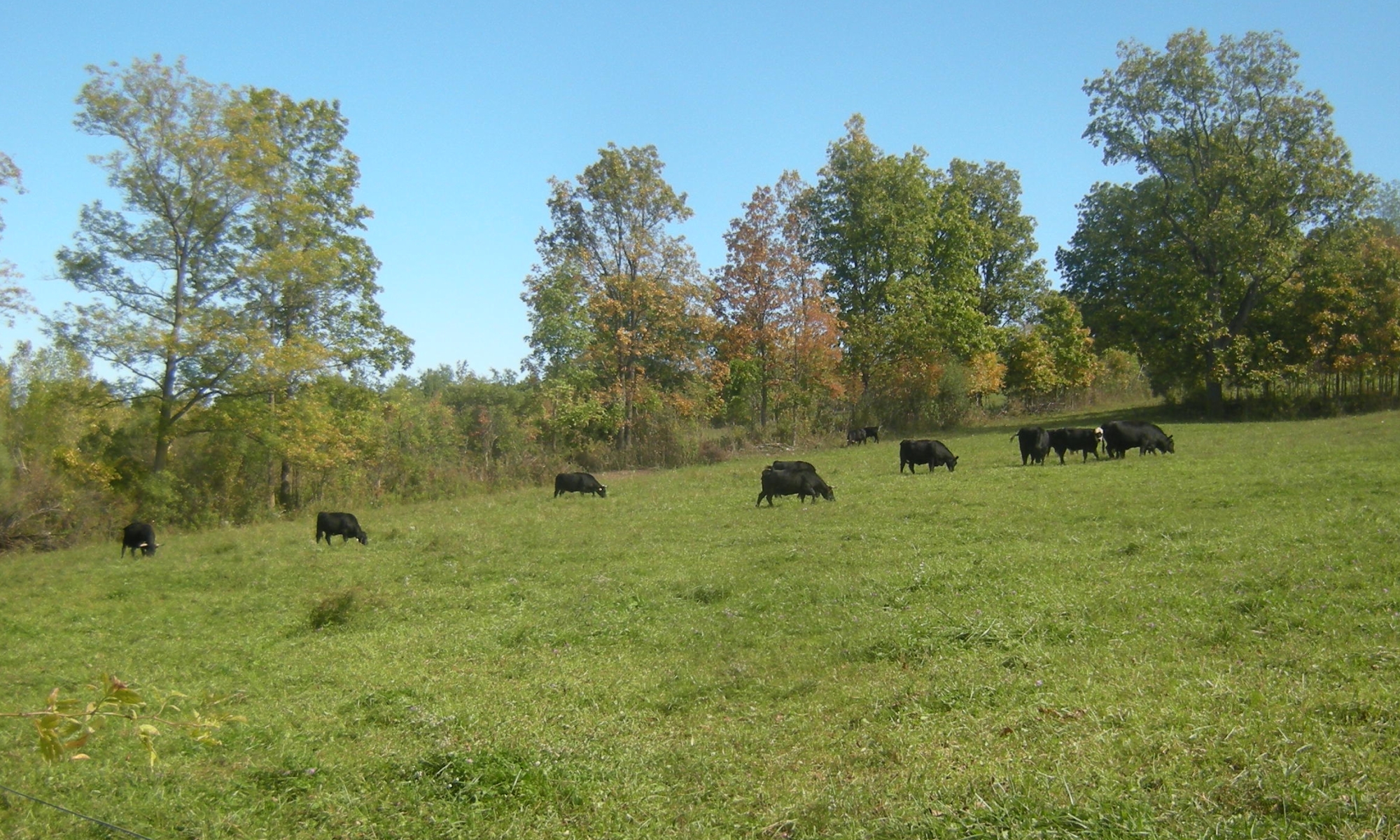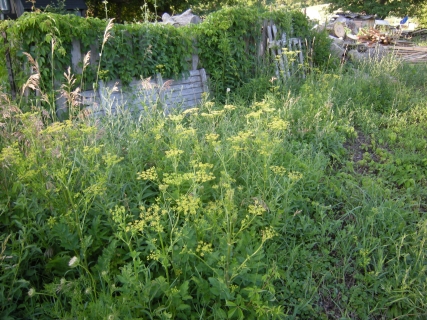
This time of year we have a lot of this yellow flower. It is wild parsnip. In the ground is a root that we could harvest in the fall and eat. It might be smaller than domesticated parsnip, but it is still parsnip. And the yellow flower is pretty, sort of resembling a white Queen Anne’s lace.
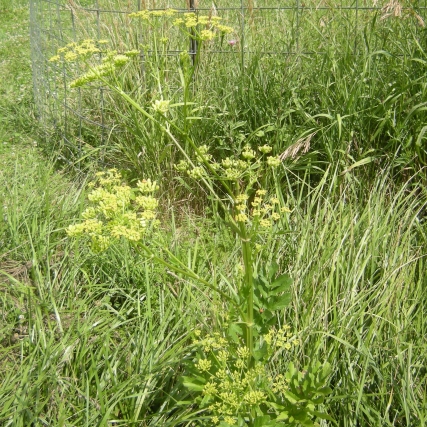
The part to be careful of is the sap. When the square stem is broken, it lets out a sap that will burn or blister the skin when exposed to sunlight. The skin gets clear fluid blisters that are itchy. The fluid from the blisters doesn’t spread the blisters. And repeat exposure year after year doesn’t increase the blistering, like it does with poison ivy. To treat the blisters, we find it best to avoid itching them and to dry them with witch hazel.

Wild parsnip plant 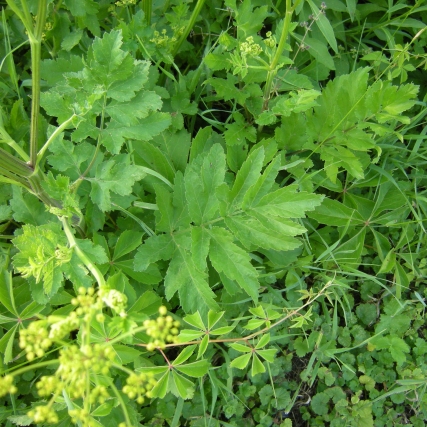
Wild parsnip leaf 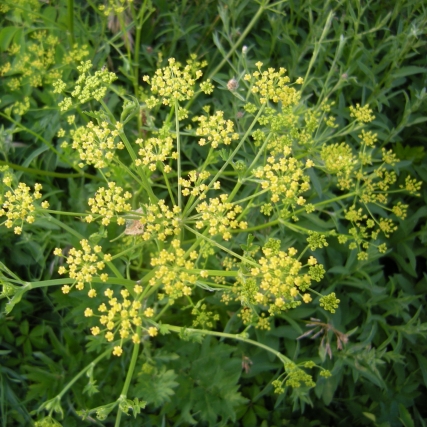
Wild parsnip flower
We commonly get the blisters on our feet and ankles. Why? Well, we are mostly always in our bare feet. After wild parsnip patches are mowed or weed wacked, the sap is still wet. When we walk through these areas, we get the blisters on our feet. It takes a while for the blisters to heal. After the skin is healed there is still a discoloration left behind that takes several months to go away. If we were to break and weed these with our bare hands, then we would have the blisters on our hands. That would be really painful!
Several years ago I was talking to a native friend who remembered harvesting these in her teen years with her aunt. When they harvested them, one of the instructions was to be careful of the stems and the sap from the stems. My friend didn’t remember any other explanation – Just be careful!
